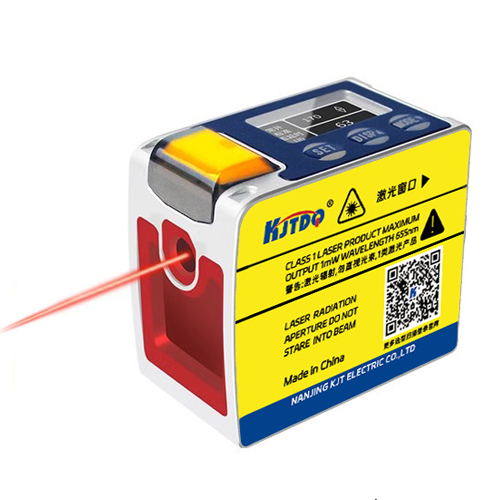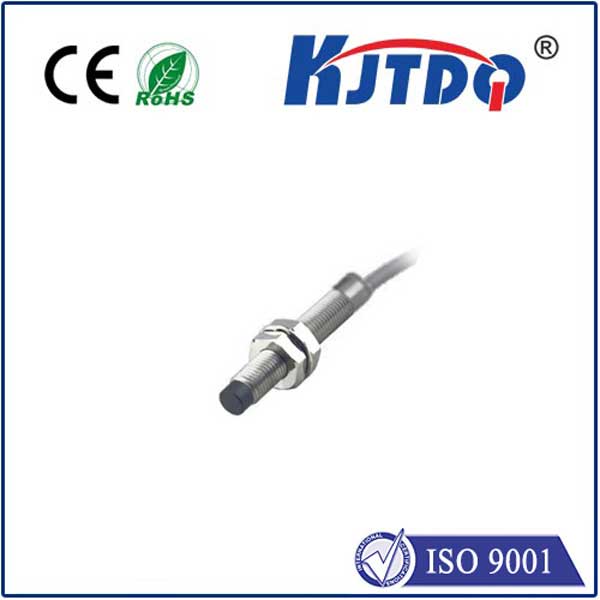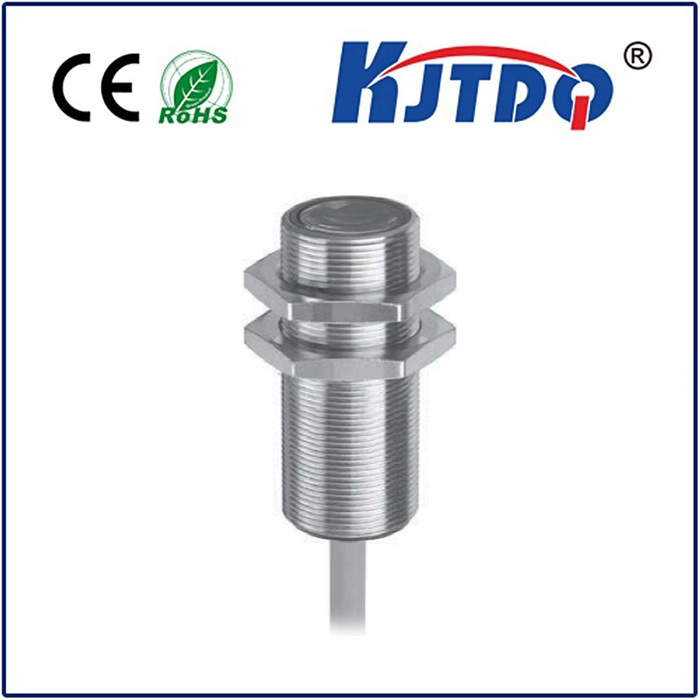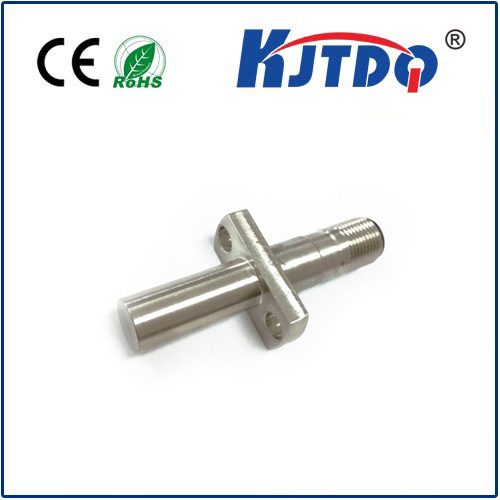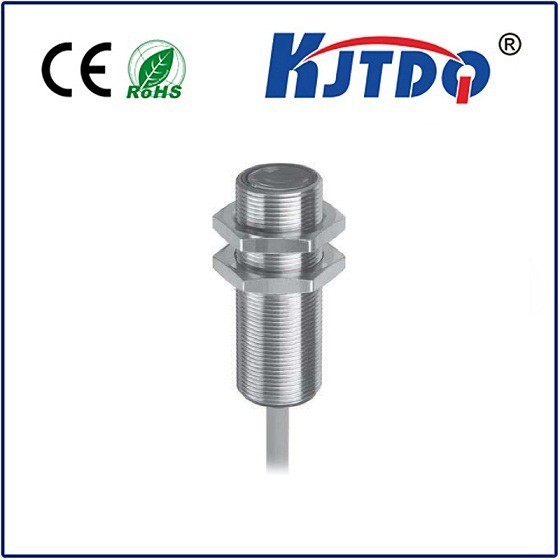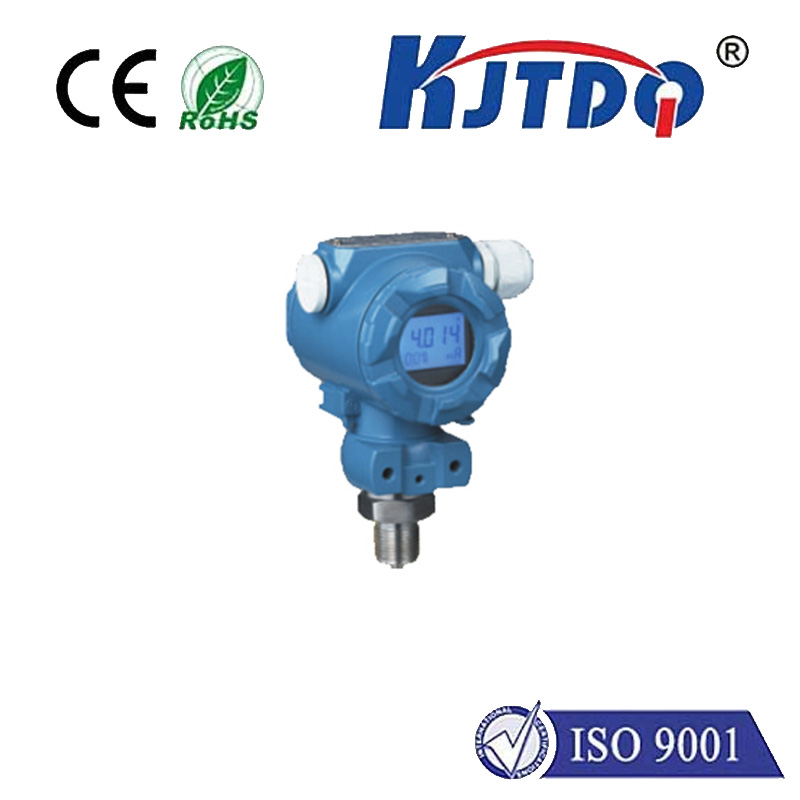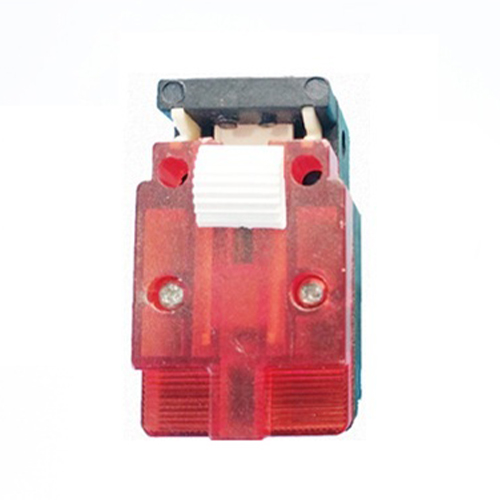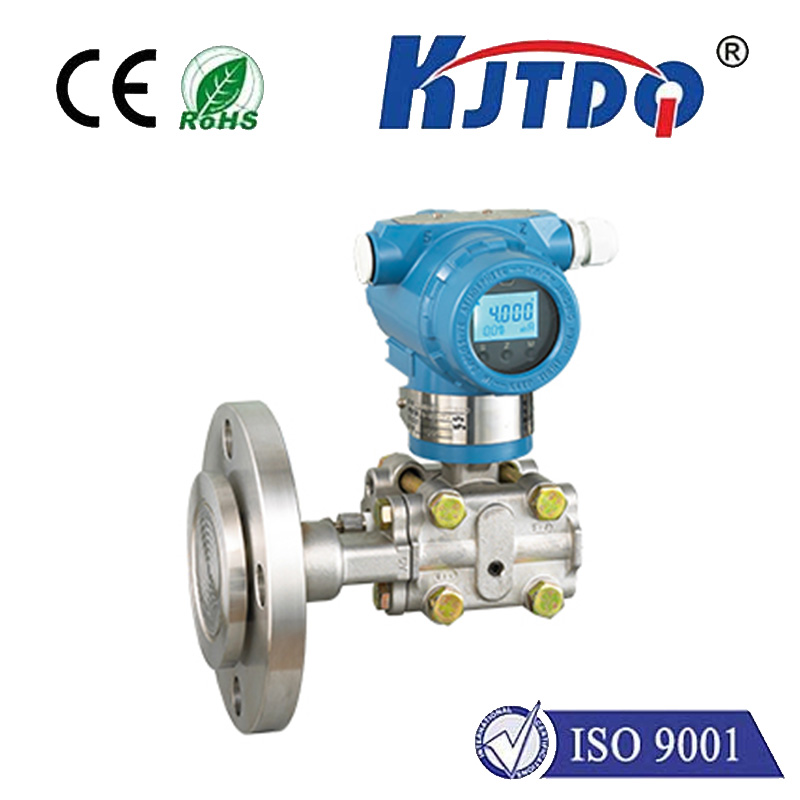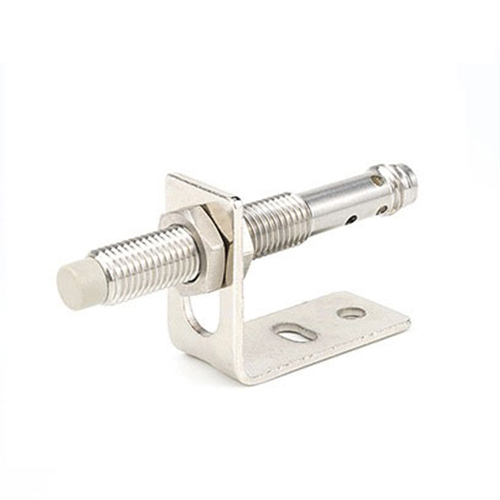sensor proximity infrared
- time:2025-06-26 03:19:19
- Click:0
Demystifying Infrared Proximity Sensors: The Hidden Tech Sensing Your World
Have you ever wondered how your smartphone screen magically turns off when you hold it to your ear during a call? Or what triggers automatic doors to slide open as you approach? The silent hero behind countless moments of intuitive interaction and automation is often the infrared proximity sensor. This unassuming technology plays a pivotal role in detecting the presence or absence of nearby objects without physical contact. Understanding infrared proximity sensor fundamentals reveals the elegant simplicity powering diverse applications, from consumer electronics to industrial safety systems.
Understanding the Core Principle: Infrared Light as the Invisible Messenger
At its heart, an infrared proximity sensor operates by leveraging the properties of infrared (IR) light – electromagnetic radiation just beyond the visible spectrum. The fundamental principle involves:
- IR Emission: A specialized infrared LED emits pulses of modulated IR light. This modulation (rapidly turning the light on and off at a specific frequency) is crucial to distinguish the emitted signal from ambient IR sources like sunlight or incandescent bulbs.
- Light Interaction: This emitted IR light travels outward. If an object is present within the sensor’s detection range, some of this light reflects off the object’s surface.
- Reflection Detection: A photodiode or phototransistor, sensitive to IR light, acts as the receiver. Its job is to detect the reflected IR pulses coming back from the nearby object.
- Signal Interpretation: The sensor’s circuitry analyzes the amount of reflected IR light detected by the receiver. This detected signal strength is directly correlated to the distance of the reflecting object. Closer objects reflect more light back to the receiver, resulting in a stronger signal. Objects farther away reflect less light, yielding a weaker signal. Advanced sensors can precisely convert this signal strength into an approximate distance measurement.
Key Components Driving Detection
The effectiveness of an IR proximity sensor hinges on several key components working in harmony:

- Infrared Light Emitting Diode (IR LED): Generates the specific wavelength of infrared light required. Its emission pattern (beam angle) defines the detection zone’s shape and width.
- Photodiode/Phototransistor: The receiver element, designed to be highly sensitive to the IR wavelength emitted by the LED. Optical filters are often used to block visible light and other interfering IR wavelengths, enhancing signal-to-noise ratio.
- Modulation & Demodulation Circuitry: Essential for reliably detecting the sensor’s own emitted light amidst background IR noise. The receiver only responds to signals pulsing at the specific modulation frequency used by the emitter.
- Signal Processing Unit: Converts the raw analog signal from the receiver into a usable digital output (e.g., a simple presence/absence signal like High/Low) or calculates an approximate distance value. This often involves amplification and comparison against calibrated thresholds.
Why Infrared? Advantages and Considerations
Infrared light offers distinct advantages for proximity sensing:
- Invisibility: IR light is invisible to the human eye, making these sensors discreet and non-intrusive in operation.
- Object Independence (Generally): Unlike capacitive sensors requiring conductive materials, IR sensors primarily rely on light reflection. They can detect a wide variety of materials, including non-conductors like plastic, wood, and glass (though performance varies based on surface reflectivity and color).
- Cost-Effectiveness: The core components (IR LEDs, photodiodes) are relatively inexpensive and widely available, making these sensors economical solutions.
- Speed: Detection and response times are typically very fast, suitable for real-time applications.
- Robustness: Generally resistant to environmental factors like dust and humidity within specified limits, depending on the housing (IP rating).
However, certain factors require consideration:
- Ambient IR Interference: Strong ambient IR light (e.g., direct sunlight, incandescent/halogen lamps) can saturate the receiver or create noise, potentially causing false triggers or reduced accuracy. Careful modulation design, optical shielding, and sensor placement are critical mitigations.
- Surface Reflectivity: Dark, matte, or highly absorbent surfaces reflect significantly less IR light than light-colored, shiny surfaces. This reduces the effective detection range and can make reliable detection harder for very dark objects. Sensor calibration and threshold setting must consider the expected target surfaces.
- Distance Precision: While capable of presence detection, basic IR proximity sensors provide only relative distance or range zones. Precise absolute distance measurement requires more sophisticated techniques like Time-of-Flight (ToF) or triangulation-based IR sensors, which measure the actual time taken for the light pulse to travel to the object and back or use geometric principles.
Pervasive Applications: Where IR Proximity Sensing Shines
The versatility and cost-effectiveness of infrared proximity sensors ensure their presence across numerous industries:
- Consumer Electronics: Object detection in smartphones (screen on/off during calls, gesture recognition), laptops (keyboard illumination control), tablets, robotics toys (collision avoidance), automatic faucets and soap dispensers.
- Industrial Automation & Robotics: Position control, object detection on conveyors, counting objects, detecting bin levels (for non-transparent materials), end-of-arm tooling presence checks, robotic obstacle detection and navigation.
- Automotive: Anti-pinch systems for windows and sunroofs, detecting passengers for airbag control or occupancy systems, gesture control for infotainment.
- Security Systems: Tamper detection (opening of enclosures or cabinets), presence detection in restricted areas, simple intrusion alarms.
- Appliance Control: Touchless control panels for coffee machines, microwaves, ovens, washing machines. Lid closure detection.
- Building Automation: Presence detection for occupancy-based lighting and HVAC control, automatic door openers.
Selecting the Right Infrared Proximity Sensor: Key Parameters
Choosing the optimal sensor for your application involves evaluating several specifications:
- Detection Range: The effective operating distance required (minimum and maximum).
- Output Type: Simple digital output (object present/absent), analog output (proportional to distance), or I2C/SPI digital interface providing distance data.
- Sensing Field/Beam Angle: The shape and angle of the detection zone. Narrow beams target specific spots, wider beams cover larger areas.
- Response Time: How quickly the sensor reacts to an object entering or leaving its field.
- Power Consumption: Critical for battery-operated devices.
- Environmental Robustness: Required operating temperature range, resistance to dust/water (IP rating), resistance to ambient light interference.
- Size and Form Factor: Physical constraints of the device.
Embracing the Invisible Interaction
Infrared proximity sensors provide a remarkably effective and economical solution for non-contact object detection and presence sensing. Their fundamental principle of modulated light emission and reflection detection is elegantly simple yet incredibly powerful, enabling intuitive interactions and essential automation across countless devices and systems we encounter daily. From preventing accidental screen touches during calls to ensuring industrial machinery operates safely near operators, the infrared proximity sensor is a foundational technology quietly shaping our increasingly responsive world. As sensor fusion and smarter algorithms evolve, these sensors will continue to be vital components within more complex, context-aware systems. Understanding their operation and capabilities unlocks the potential for smarter, more interactive, and safer designs across diverse applications.












